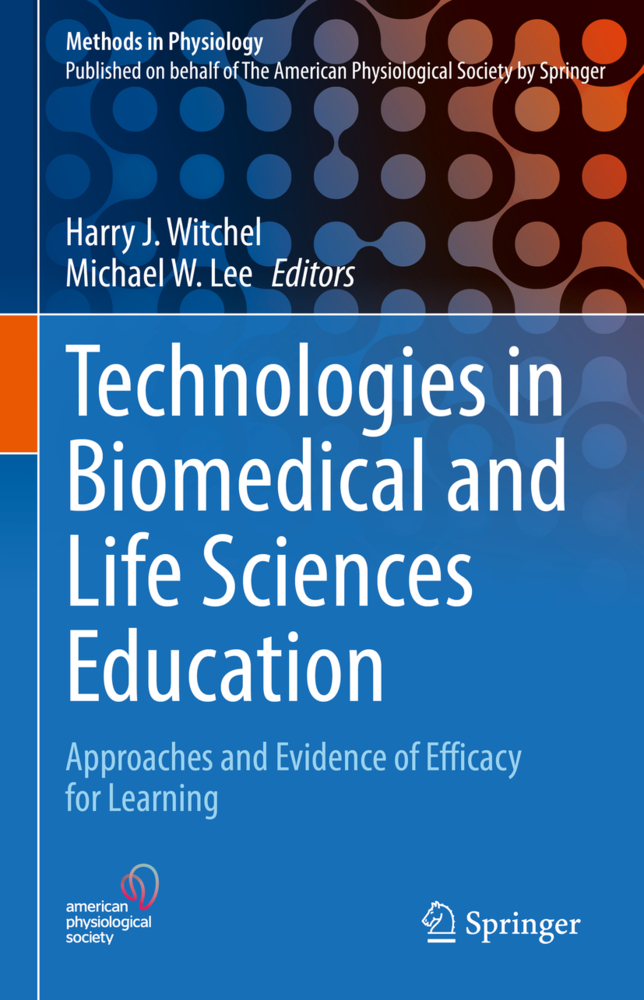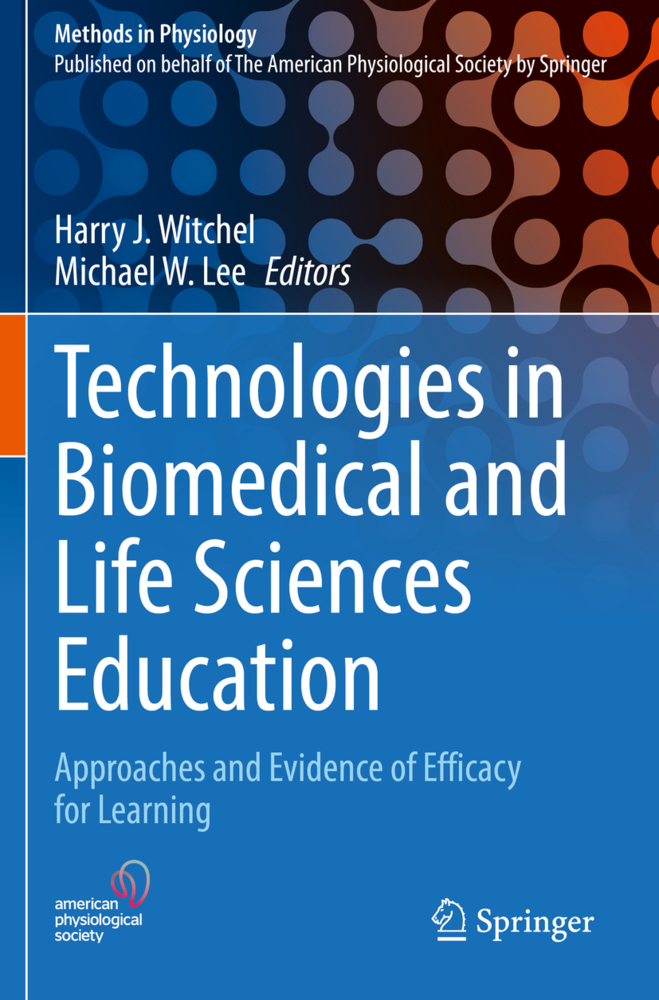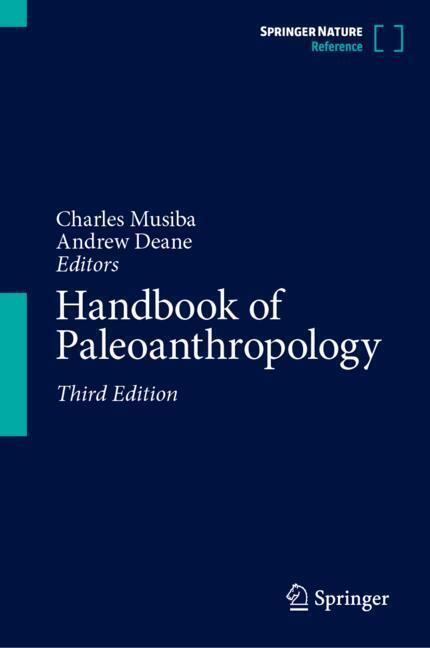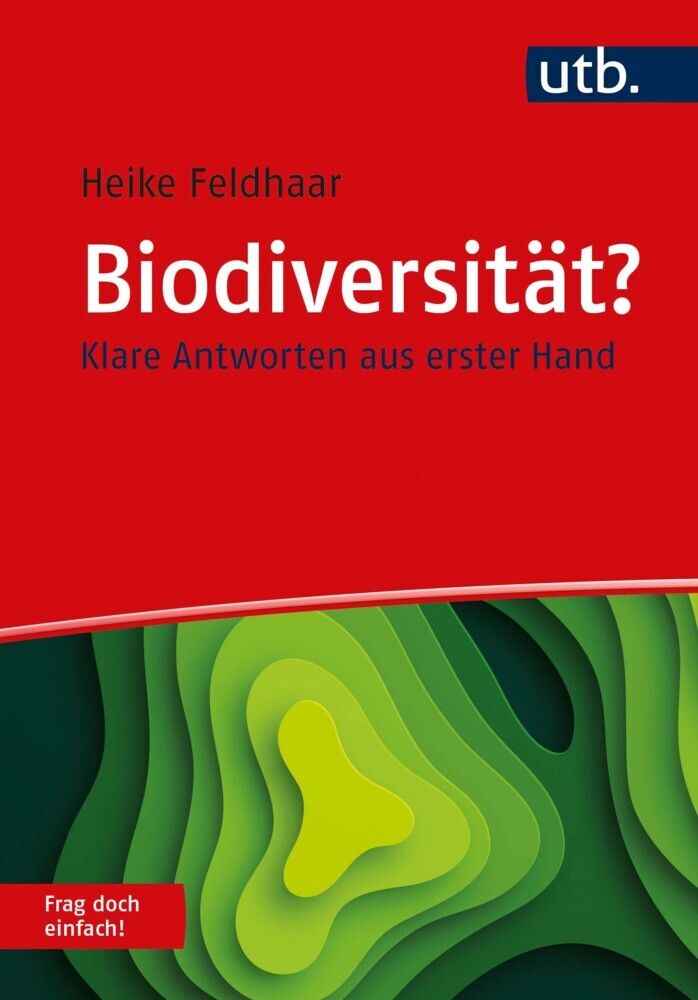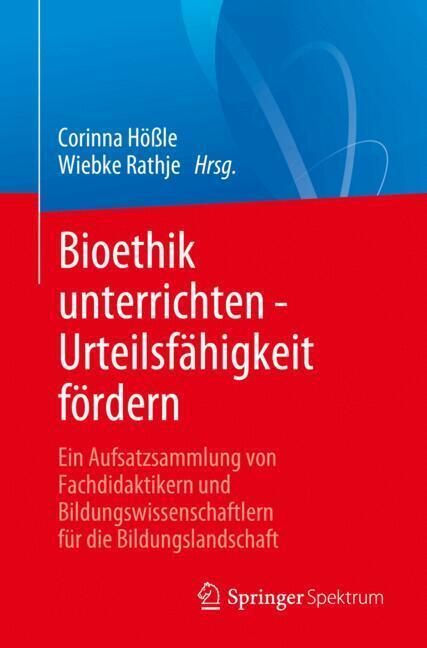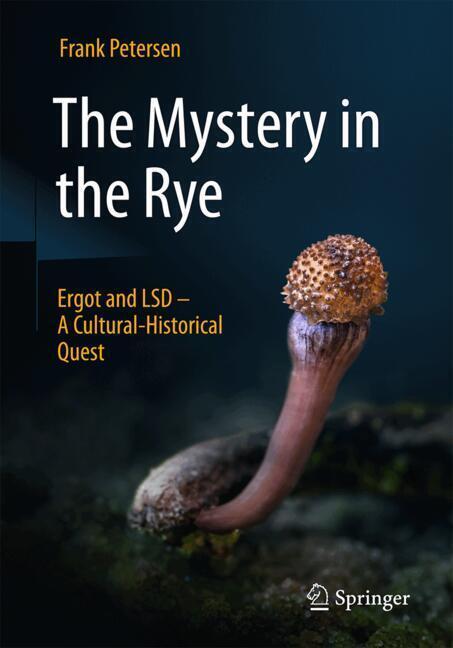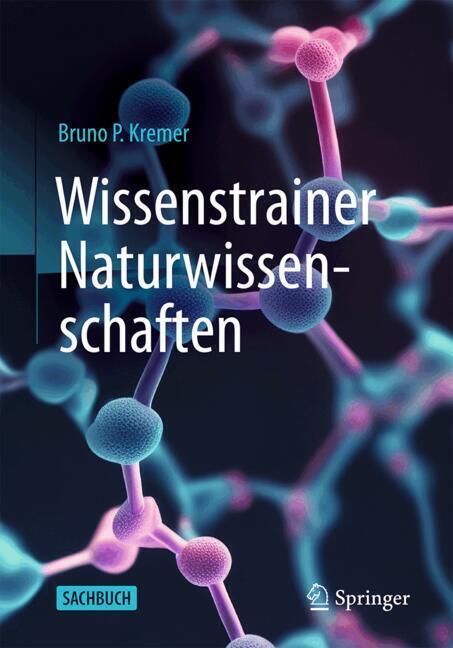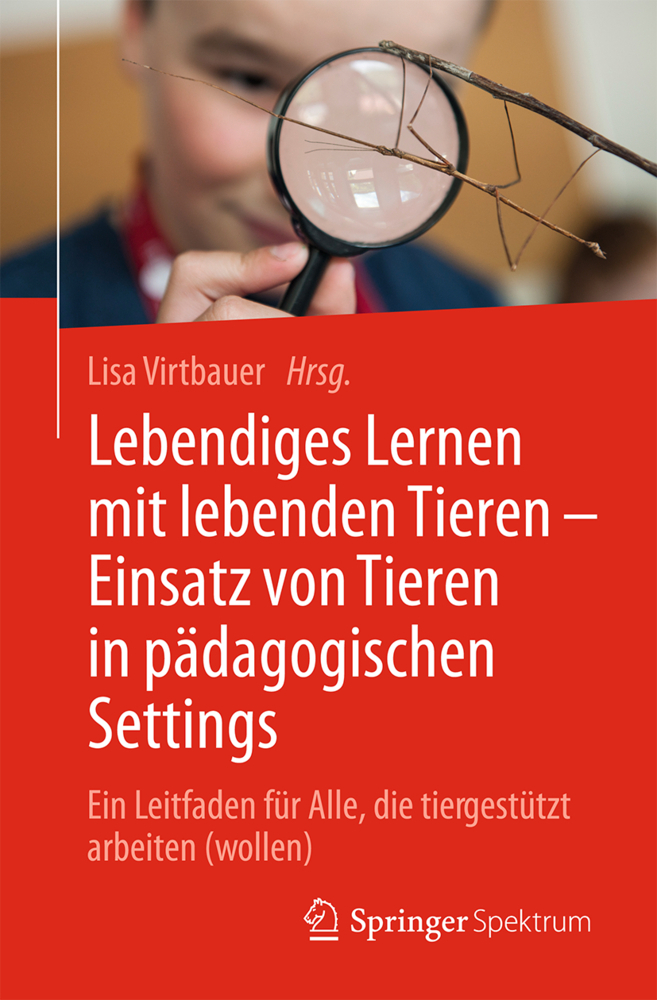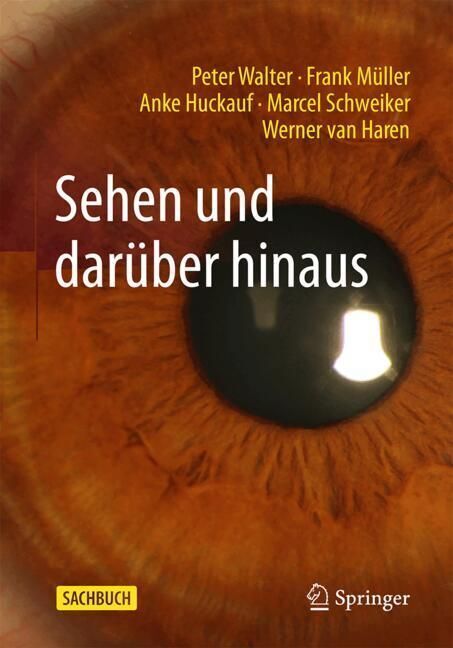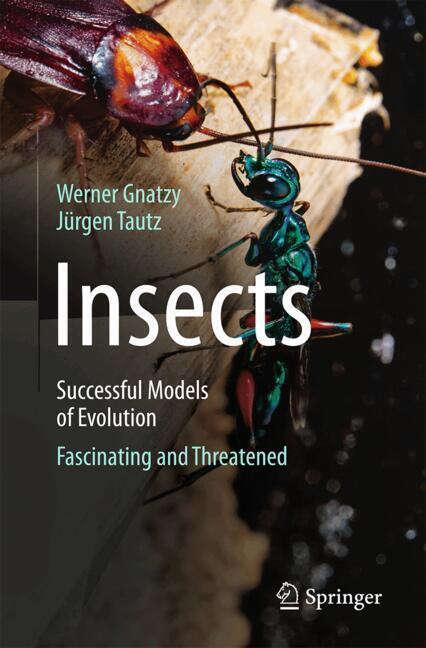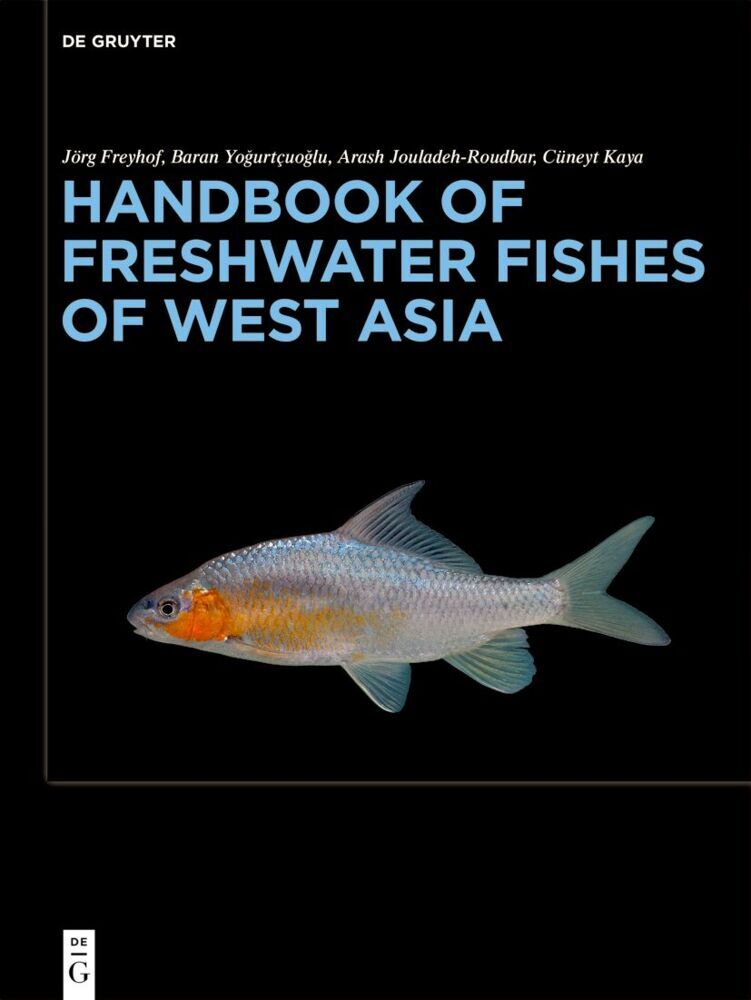Technologies in Biomedical and Life Sciences Education
Technologies in Biomedical and Life Sciences Education
This contributed volume focuses on understanding the educational strengths and weaknesses of mediated content (including media as a learning supplement), in comparison to traditional face-to-face learning. Each chapter includes research on, and a broad-brush summary of, approaches to combining life sciences education with educational technologies.
The chapters are organized into four main sections, each of which focuses on a key question regarding the consequences of incorporating media into education. In this regard, the authors highlight how educational technology is both a bridge and barrier to student access and inclusivity. Further, they address the ongoing discussion as to whether students need to be present for lectures, and on how having agency in their own learning can improve both retention and conceptual understanding. To link the content to current events, the authors also shed light on the impact that the COVID-19 pandemic is having onthe continuity of educational programs and on the growing importance of educational technologies.
Consequently, the book offers life science educators valuable guidance on the technologies already available, and an outlook on what is yet to come.
Part 1: Introduction and Educational Context
Chapter 1: Introduction: Intentional Innovation in Educational Technology and Media to Promote Students' Holistic DevelopmentChapter 2: Technology, Equity and Inclusion in the Virtual Education Space
Chapter 3: Institutional Culture of Student Empowerment: Redefining the Roles of Students and Technology
Chapter 4: From Psychology Laboratory to Student Development: Untangling Momentary Engagement from Longer-term Engagement in Bioscience Education
Part 2: How Educational Technologies Shape the Classroom Experience
Chapter 5: Perceptual Learning, Adaptive Learning, and Gamification: Educational Technologies for Pattern Recognition, Problem Solving and Knowledge Retention in Medical Learning
Chapter 6: The Flipped Classroom: A Guide to Making Evidence-Based Decisions about Implementation
Chapter 7: Supplementary Videos in the Biosciences: How Stakeholders Can Reinforce Complex Concepts for Self-Directed Learners
Chapter 8: Aligning assessment goals with the current and future technologies needed to achieve them
Chapter 9: The Use of Video, Audio and E-portfolios to Provide Feedback
Chapter 10: Academic Cheating: How Can We Detect and Discourage It?
Part 3: How Educational Technologies Transcend the Classroom
Chapter 11: DEBATE PART 1: Attendance and Performance: a New Landscape in the Era of Online Teaching
Chapter 12: DEBATE PART 2: Lecture Capture, Attendance and Exam Performance in the Biosciences: Exploring Rare Exceptions to the Link Between Attendance and Performance in the Era of Online Teaching
Chapter 13: Online Science Education at Scale: Open and Distance Learning, MOOCS, and Other Learning Assets for Theory and Practice
Chapter 14: Social Online Learning: Leveraging Social Media and Web-Based Co-Creation to Drive Learning
Chapter 15: The Role of Educational Technology on Mitigating the Impact of the COVID-19 Pandemic on Teaching and Learning
Part 4: The Future and Research
Chapter 16: The Unpredictable Future of High Fidelity Patient Simulation in Biomedical ScienceEducation: the Price Must Be Right
Chapter 17: The Future with Extended Reality, Three-dimensional and Advanced Imaging for Molecules, Microscopy and Anatomy
Chapter 18: The Future of Biomedical and Life Sciences Education: Evidence-based Future Directions.
Witchel, Harry J.
Lee, Michael W.
| ISBN | 978-3-030-95632-5 |
|---|---|
| Medientyp | Buch |
| Copyrightjahr | 2022 |
| Verlag | Springer, Berlin |
| Umfang | XVI, 580 Seiten |
| Sprache | Englisch |

